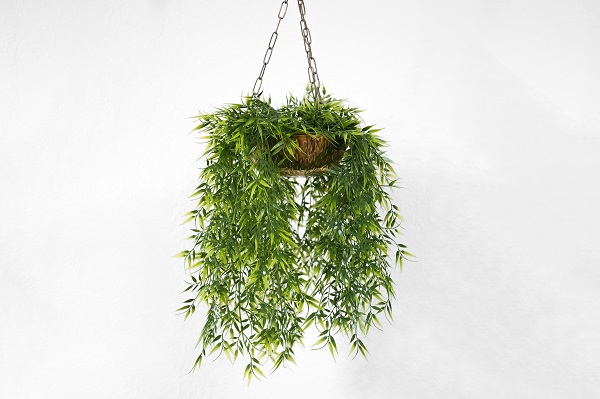Indoor air pollution is a serious year-round issue, but houseplants can be a secret weapon in cleaning it up.
It’s easy to take houseplants for granted. Oftentimes they are purchased as something that fills out a certain corner of the house, brightens the apartment, and very little else. Despite our perceptions of the average houseplant, what they provide your home is anything but average. A properly-placed plant can do some heavy lifting when it comes to cleaning up the indoor air pollution in your home.
Studies have shown that plants take up pollutants via their roots and accumulate them in the leaves or stems. In the Philippines for instance, a plant species bio-accumulates nickel from the ground. Rinorea niccolifera prospers where the soil is rich in heavy metals; over the course of evolution it adapted genetically. And plants are able to absorb chemicals from contaminated soil. – Urbanmeisters
With the EPA estimating that indoor air can be up to five times more polluted than its outdoor counterpart, it’s important to take any help we can get with breathing at home or in the office. Common airborne pollutants include pet dander, pollen, and dust mites, but some of the lesser-known pollutants that pose a great danger to our breathing are chemicals. Formaldehyde, ammonia, and benzene are just a few, but their presence can be detrimental to your health on a number of levels, respiratory issues being just the beginning. Along with a humidifier and purifier, houseplants lend a helping hand when it comes to ridding your indoor air of these hazards.

Below is a list of some of the best pollution-fighting plants on the market:
- Chinese evergreen (Aglaonema commutatum/A. modestum)
- Cornstalk plant (Dracaena sp.)
- Devil’s ivy (Epiprenmum aureum)
- Dwarf umbrella tree (Schefflera sp.)
- Fruit salad plant (Monstera sp.)
- Heartleaf philodendron (Philodendron sp.)
- Parlor palm (Chamaedorea elegans)
- Snake plant (Sanseviera trifasciata)
- Spider plant (Chlorophytum comosum)
- Sward fern (Nephrolepis exaltata)
- Weeping fig (Ficus benjamina)
- Spathe flower (Sapthiphyllum wallisii) or Peace Lily
Many plants have developed the ability to filter toxins from the air and water, according to a study conducted by The University of Technology in Berlin. For best results, these houseplants should be placed in direct sunlight.
